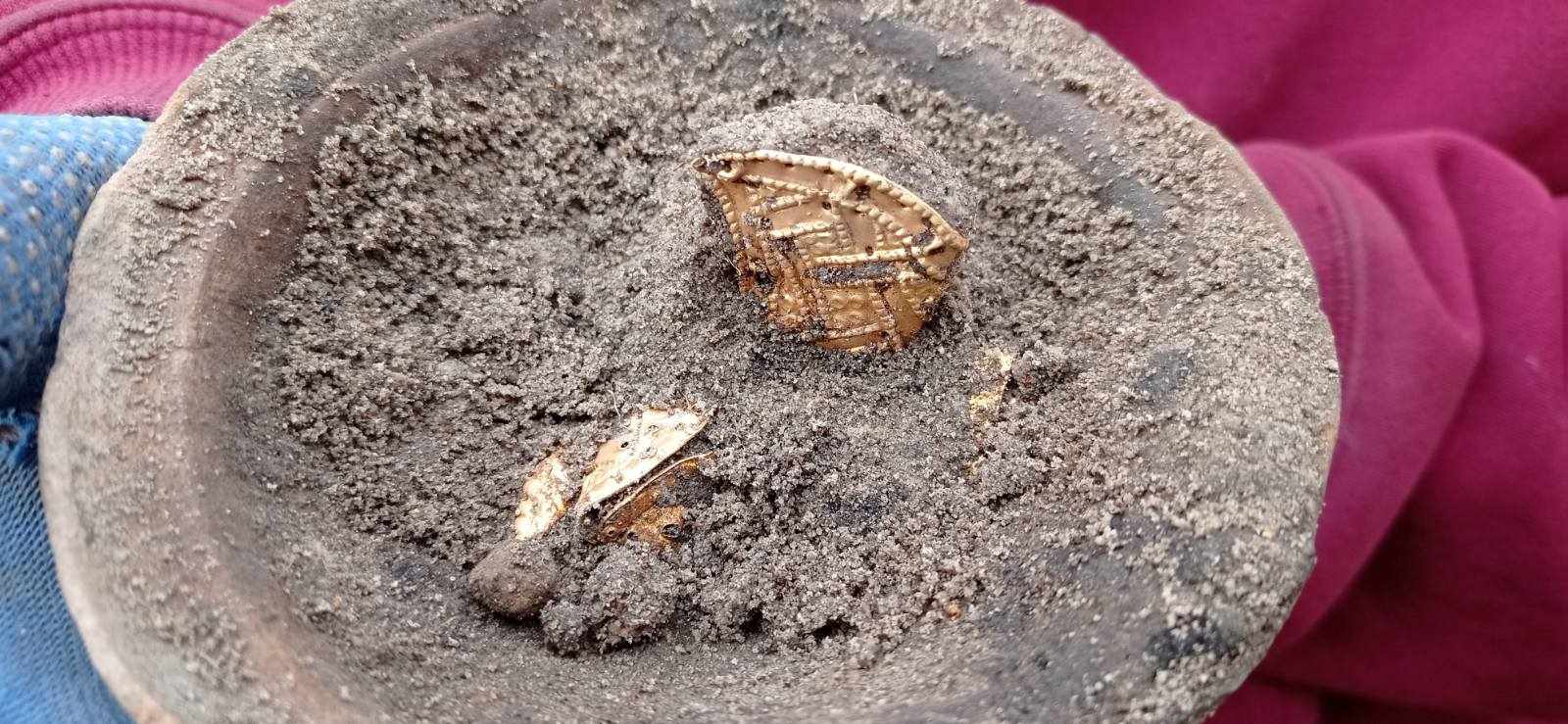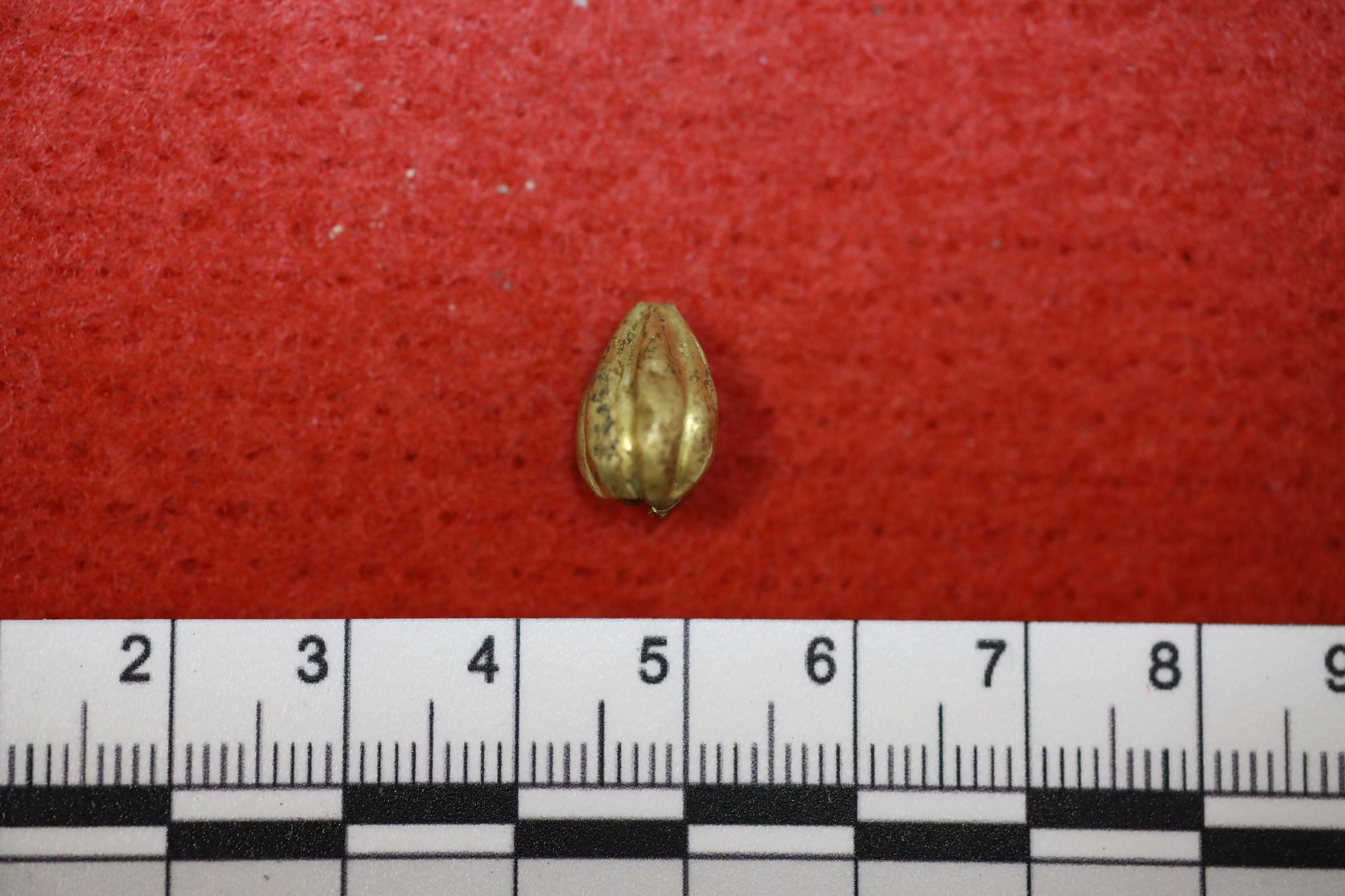Despite the challenging conditions of wartime, the Architectural-Archaeological Expedition of the Institute of Archaeology of the National Academy of Sciences of Ukraine continues to conduct archaeological research and support domestic construction. During the work in the territory of the ancient city of Bila Tserkva (Kyiv region), a series of objects dating back to ancient Rus' and Cossack times were discovered and fully researched, along with the finding of a large number of colorful and diverse artifacts.
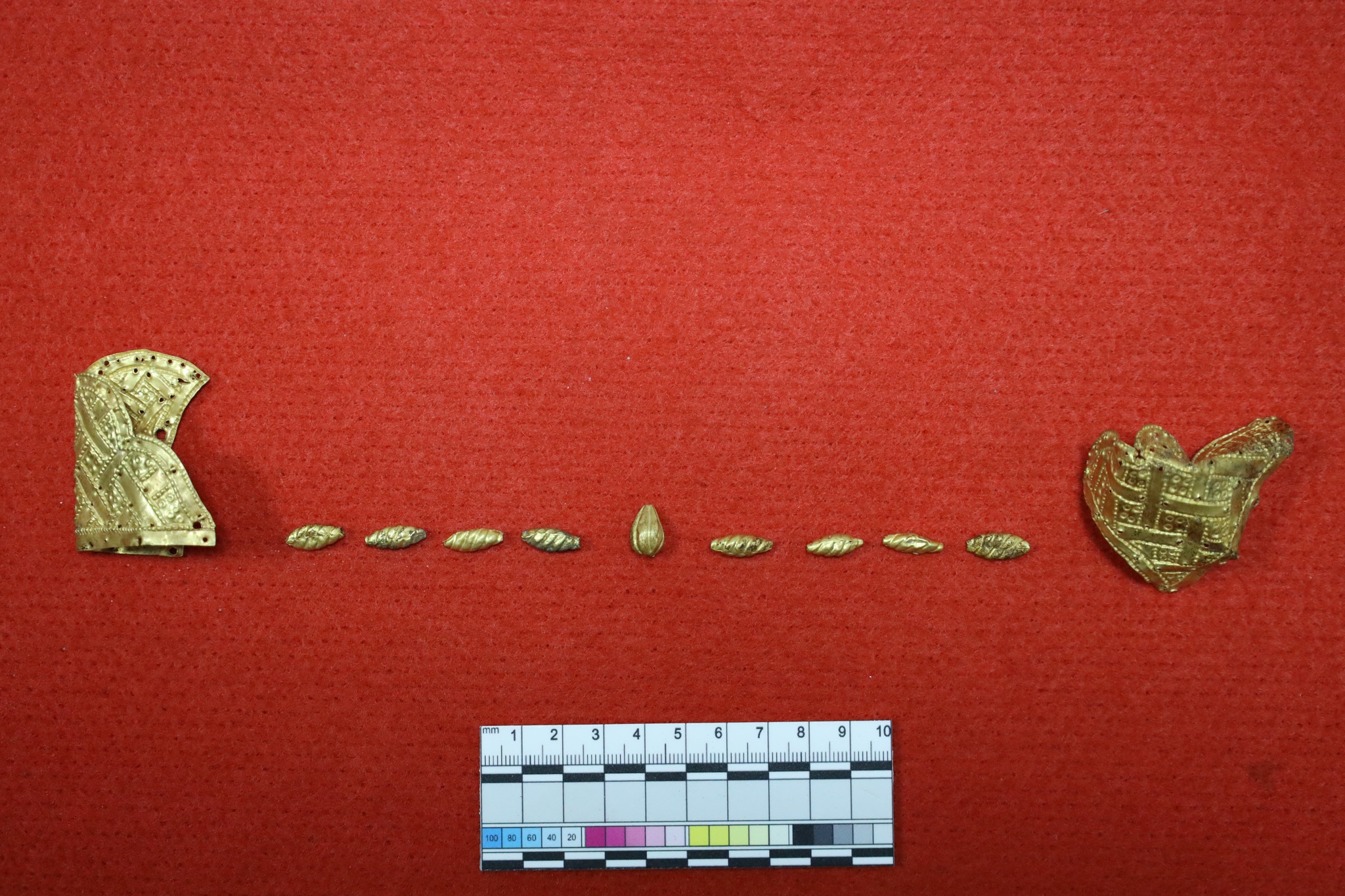
However, the real scientific sensation is the unique treasure of gold jewelry found in the cultural layers of the 17th-18th centuries, most likely associated with the turbulent historical events of the Hetmanate. The treasure consists of 12 gold items with a total weight of about 28 grams and mother-of-pearl beads, which were hidden in a small ceramic vessel.
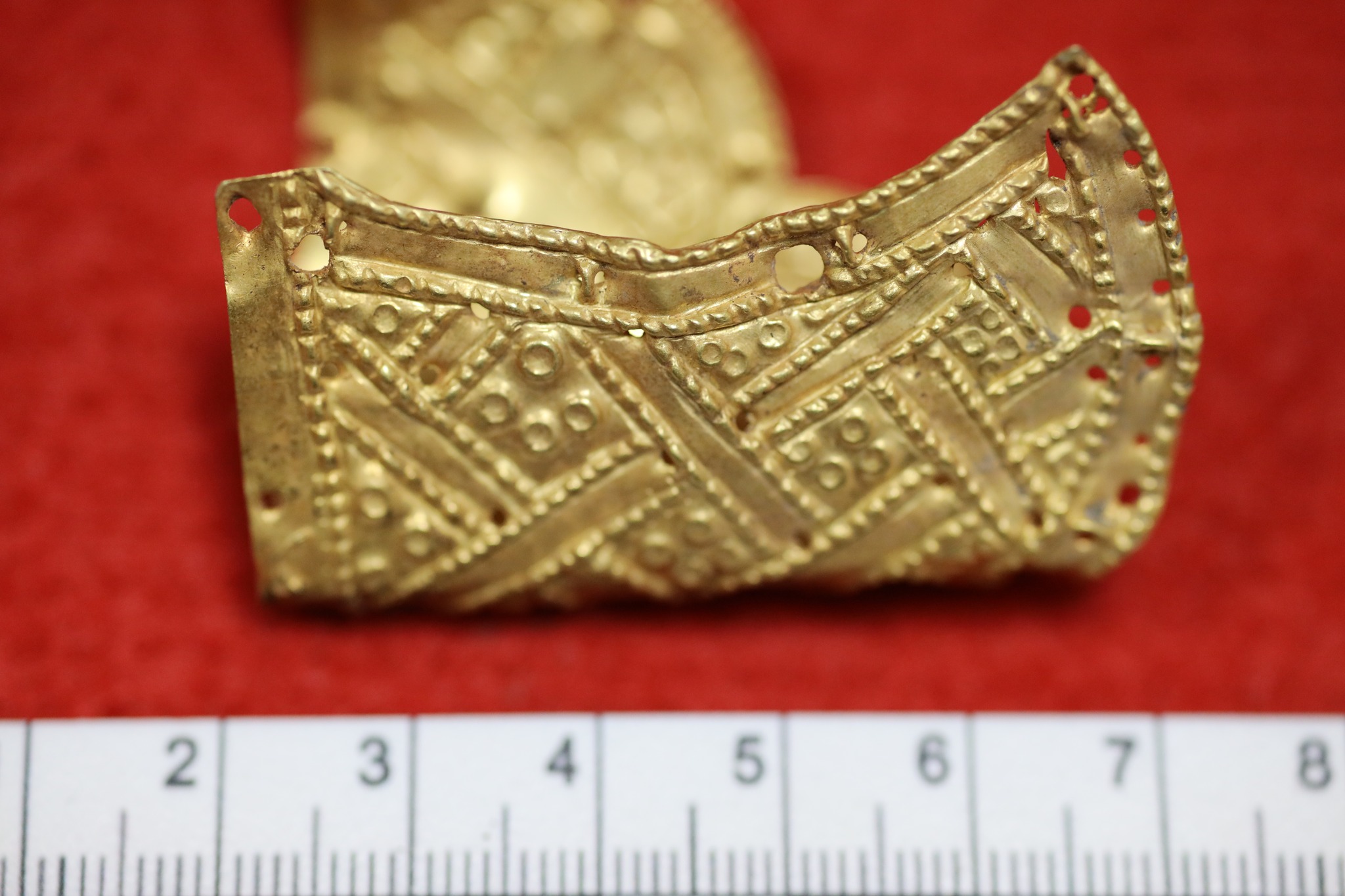
The Hetmanate-era treasure is an extremely rare find with significant scientific and societal importance. It illustrates the significant development of the material culture of Ukraine's population, highlighting the high level of jewelry art in the Cossack state. All the discovered items have been preserved and transferred to the collections of the Archaeological Museum of the Institute of Archaeology of the National Academy of Sciences of Ukraine and will undoubtedly enhance its future exhibitions.
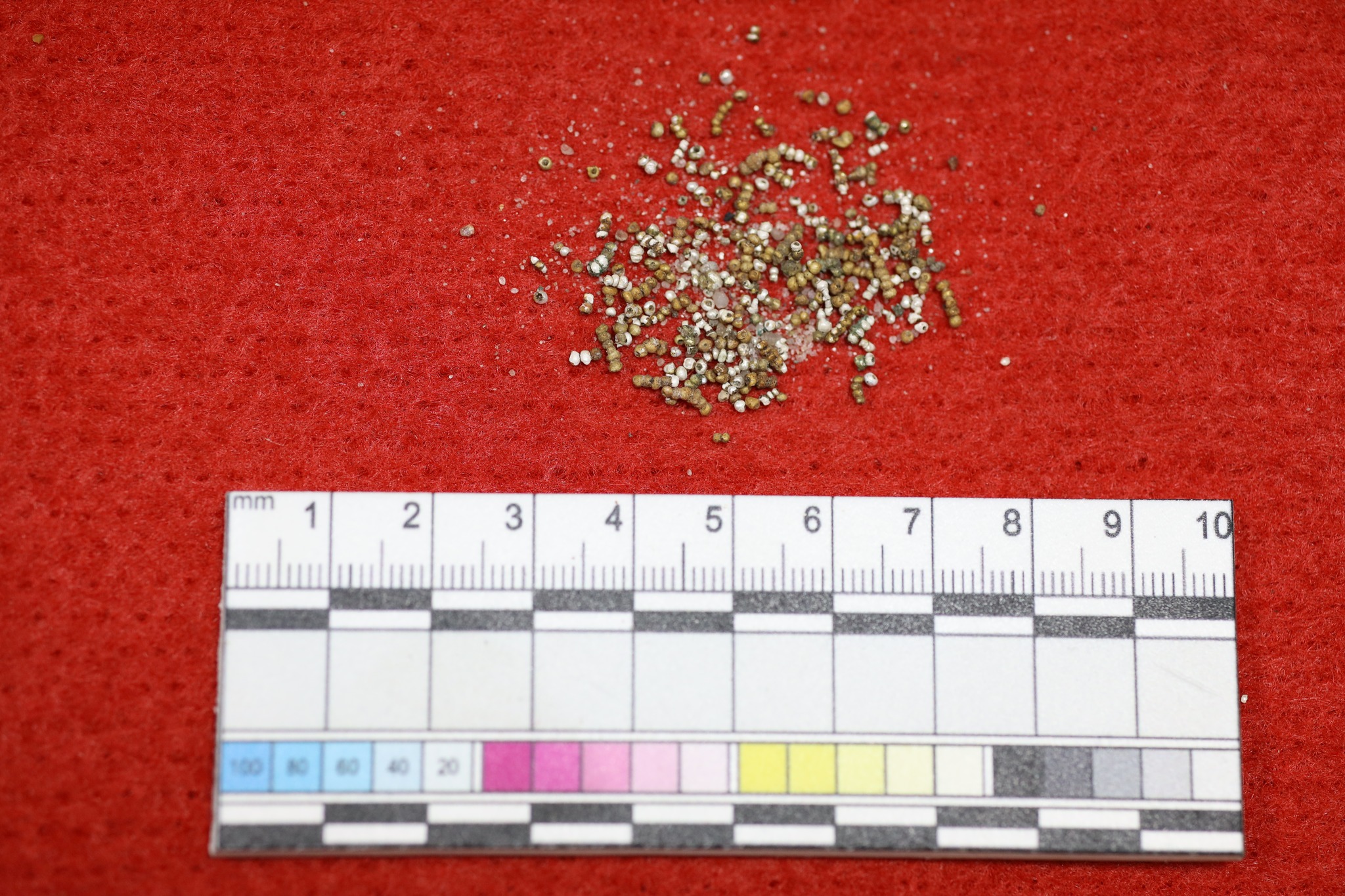
The discovery of the treasure once again underscores the importance of professional archaeological research during any construction work within historical cities, which is our responsibility according to the European Convention on the Protection of the Archaeological Heritage. Regrettably, this responsibility is not always fulfilled. The fact that artifacts like these are found also illustrates the primary purpose of archaeology as a socially significant science.
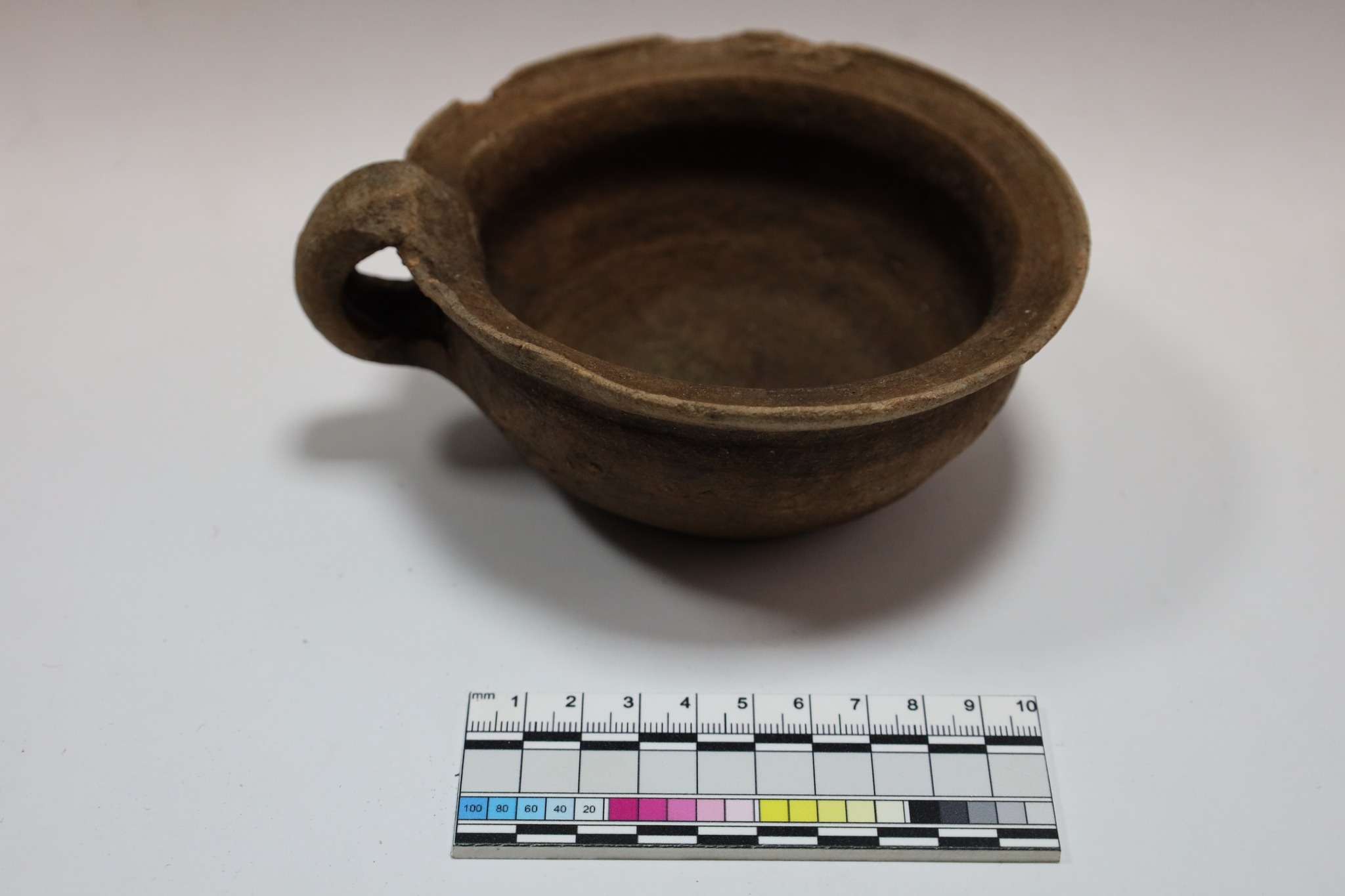
Unlike metal detector enthusiasts who engage in looting, the work of an archaeologist allows not only the recovery of specific unique items (which are then transferred to the collections of state museums rather than ending up in private collections) but also the reconstruction of our past—revealing new chapters in our history.

